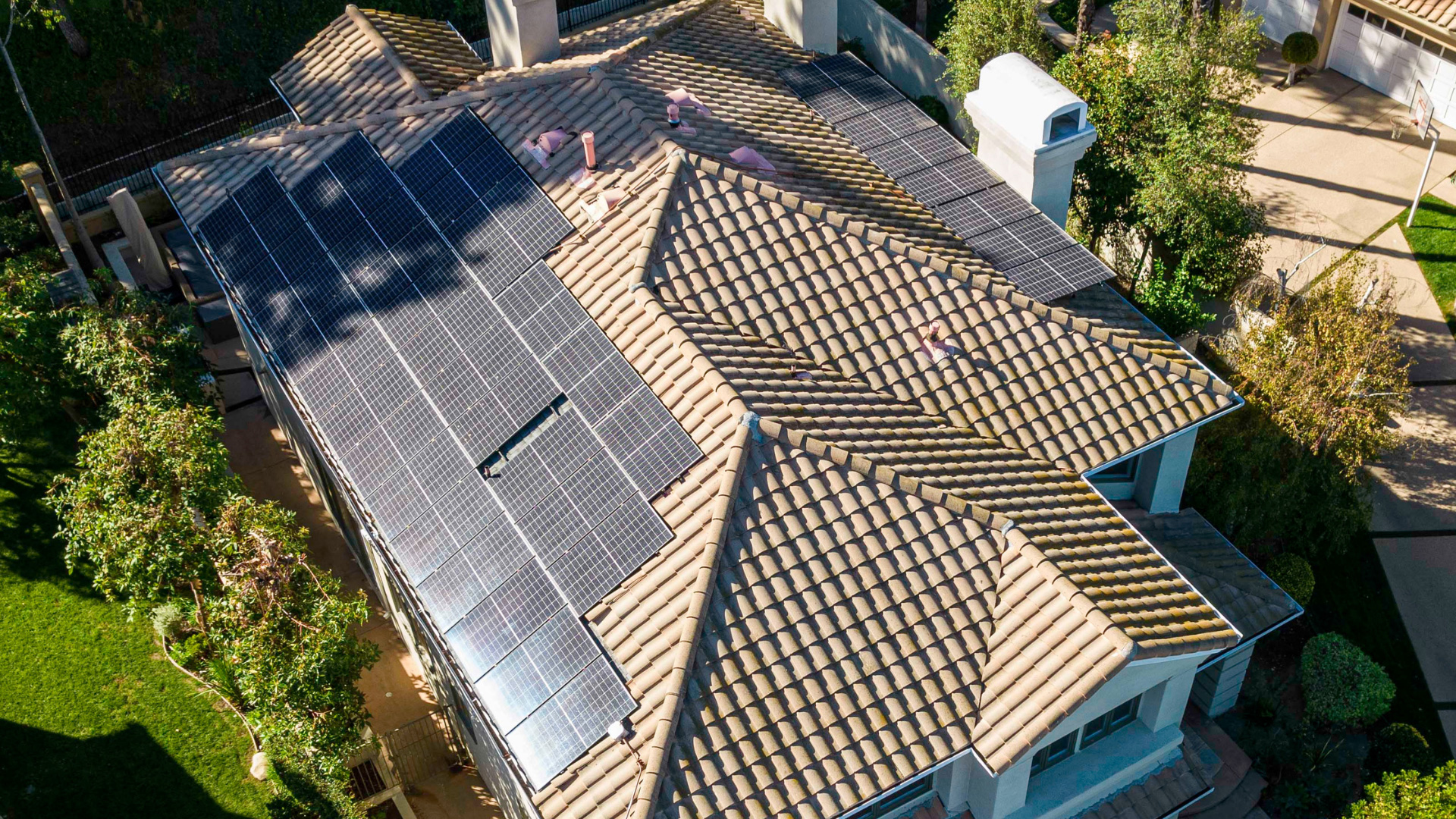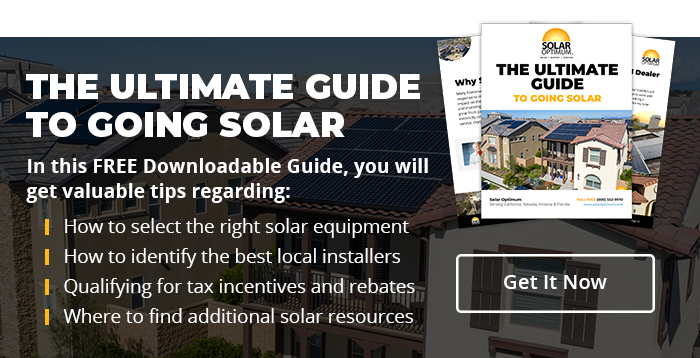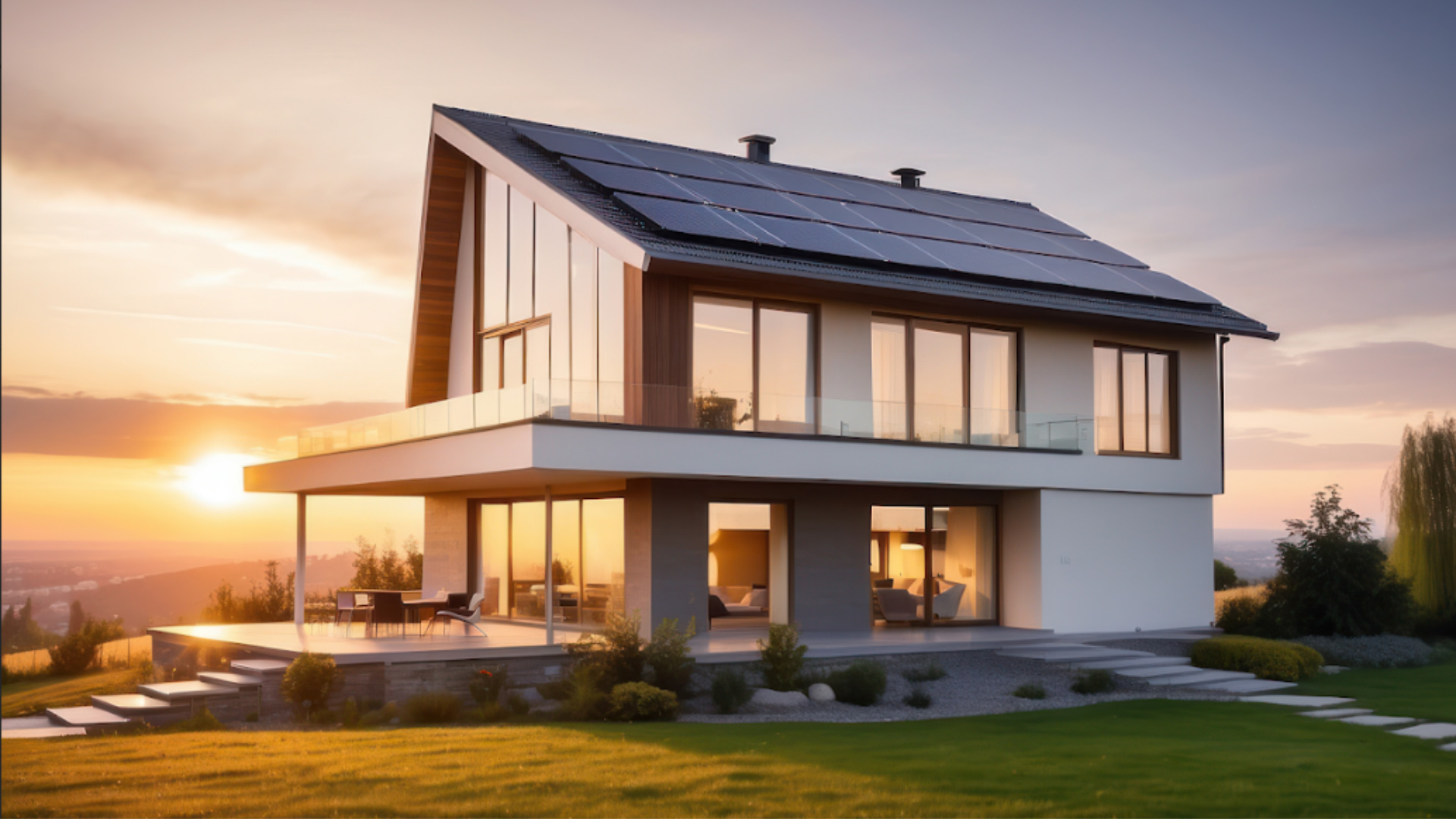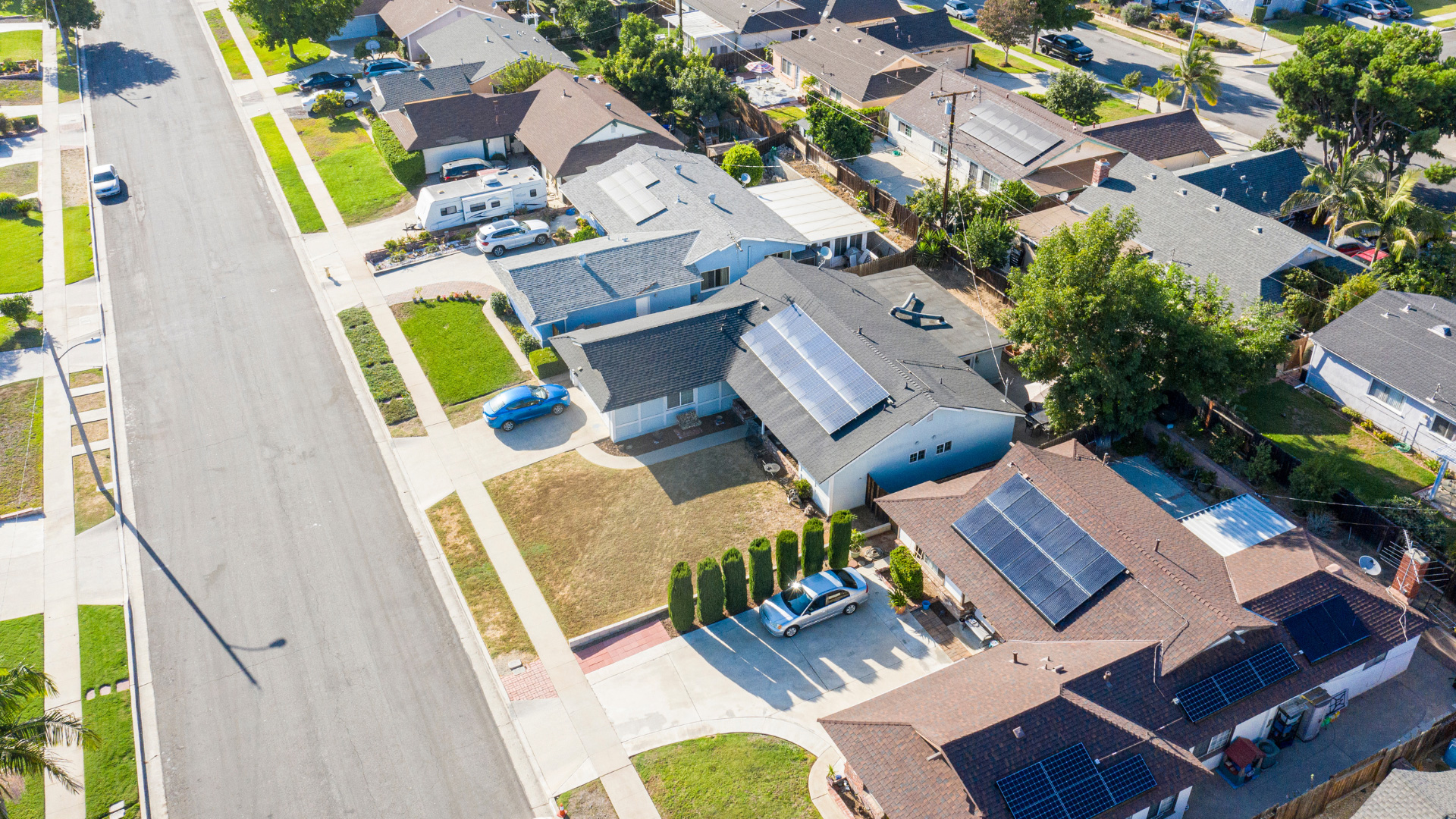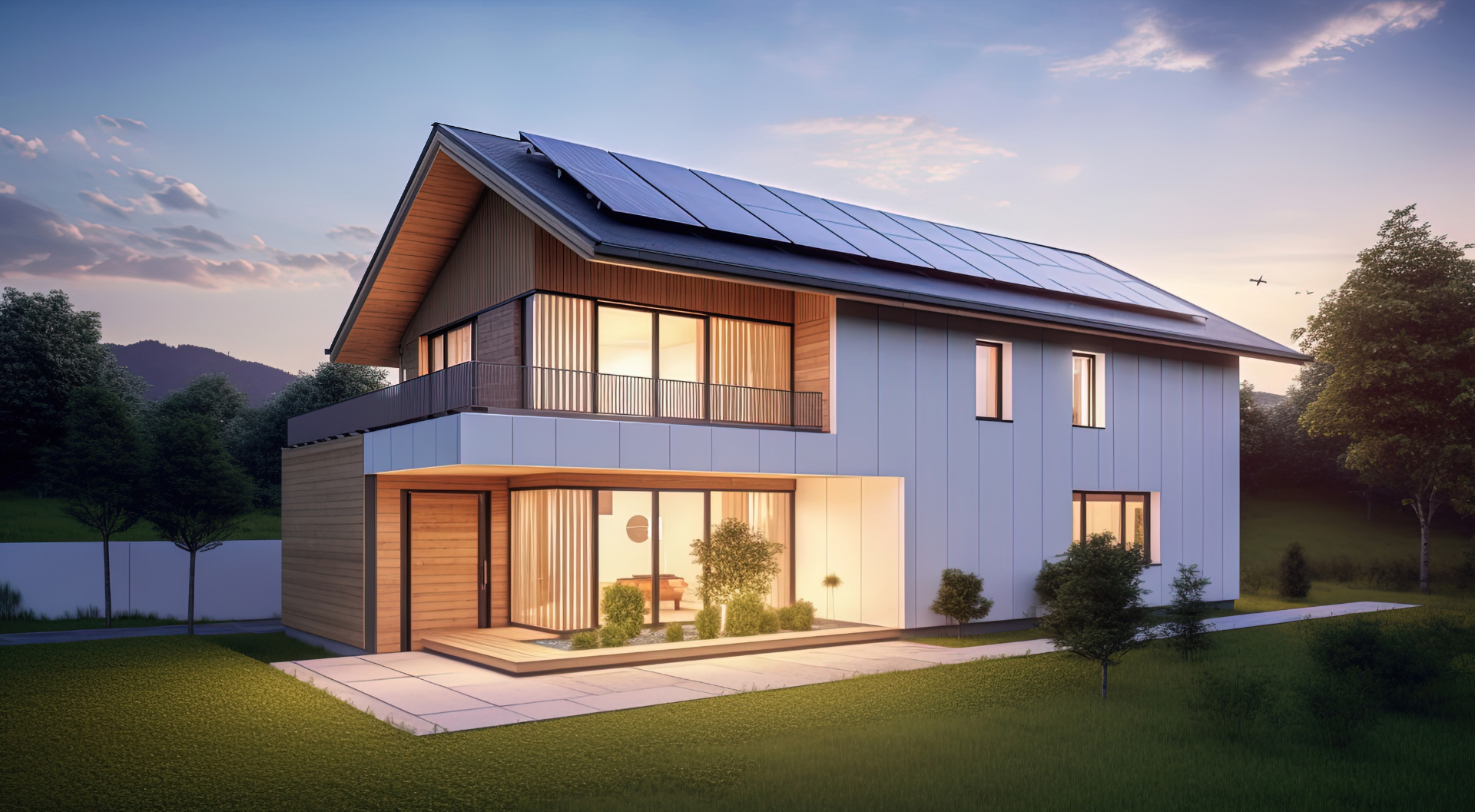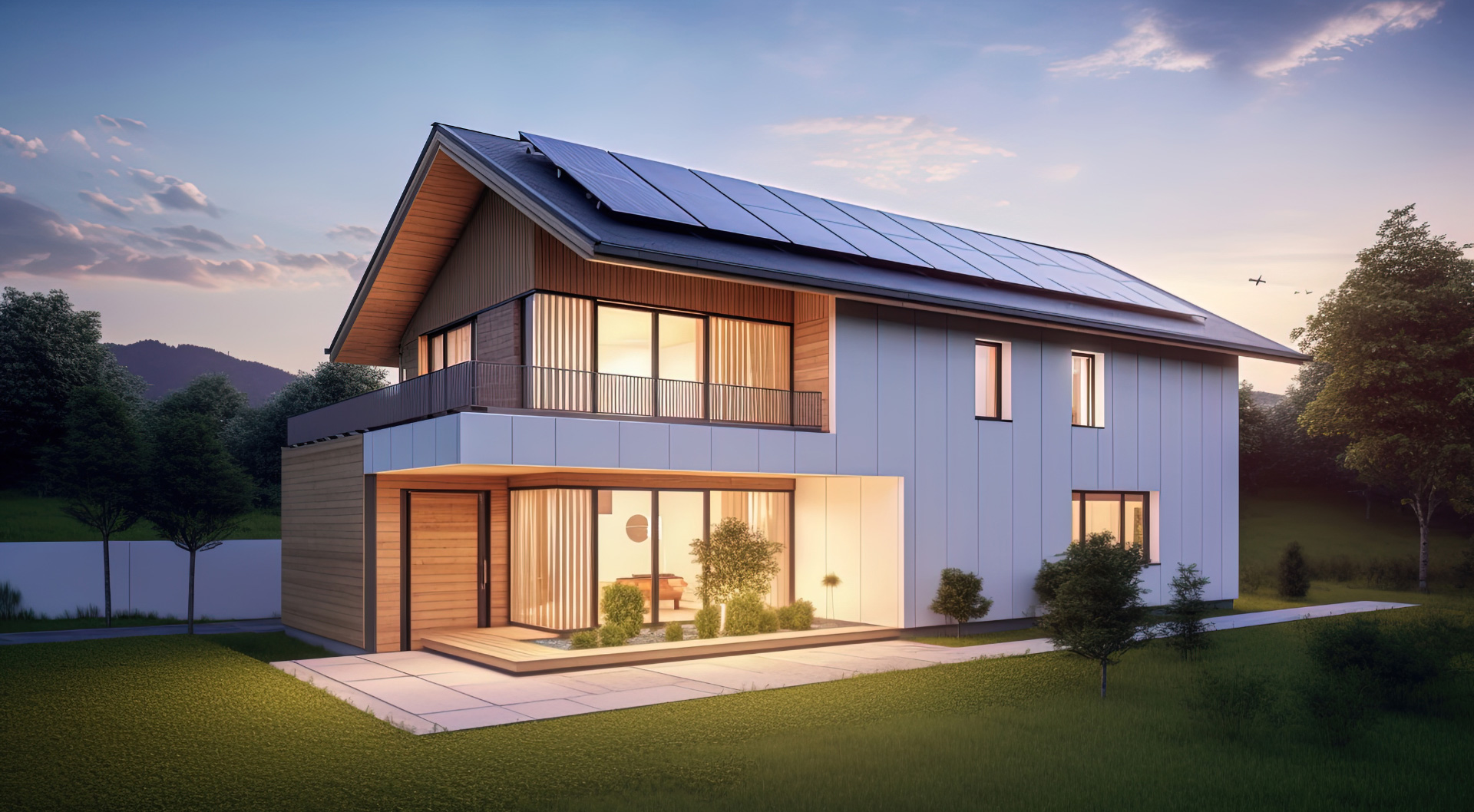There are over 4 million homes with solar panel systems, quickly approaching 5% of single-family homes in the US. Solar panels are growing in popularity in every state and climate, but somehow there are still a number of persistent myths and misconceptions about solar power. We’re here to help you debunk the three most common solar myths, providing factual information to help you make clear and informed decisions about solar energy for your home.
Myth 1: Solar Panels Don’t Work in Cold or Cloudy Climates
The Myth
When we think sunshine, we think warm, sunny weather. This has led to the myth that solar panels are only effective in warm and sunny climates. The myth has discouraged solar adoption in colder regions and climates that experience frequent cloudy days.
The Facts
The truth is that solar panels are photovoltaic – they absorb light, not heat. It’s the brightness of the sun that affects solar power generation, not the temperature of the air. In fact, solar panels can be more effective in cold, clear climates because they are less likely to overheat.
Solar panels do still work on cloudy days as well, generating power from the light that reaches the panel.
Real-World Evidence
- Hot and Sunny: Solar efficient, but excess heat can lower production by up to 25%
- Cloudy and Rainy: Solar can achieve up to 50% production under clouds, but rain has no direct effect.
- Snowy and Cold: Cold improves solar production, and snow often slides off panels because they are slightly warm
Myth 2: Solar Energy is Too Expensive
The Myth
Another myth is that solar is only for the wealthy and it’s too expensive for an average family to invest in. This myth comes from previous generations of solar when panels were less efficiently produced and solar installations were rare.
The Facts
Solar panel production and installations have drastically increased over the last decade. Solar panels are more efficiently produced in large quantities and compared to traditional energy (utility company) the levelized cost of energy (LCOE) for solar is more favorable than paying the average power bill.
In addition, federal and local government incentives and new financing options have made solar much more affordable and financially approachable.
Long-Term Savings
When considering solar expense, start by calculating the potential for long-term savings on electricity bills over time and the benefits of solar independence with protection against rising utiity costs. Solar can also boost your property value.
Addressing Upfront Costs
Upfront costs can also be reduced with various solar financing options like loans, leases, and purchasing agreements.
Myth 3: Solar Panels Require Extensive Maintenance
The Myth
The final myth is the misconception that solar panels need constant cleaning and repairs. There are also persistent fears about solar durability and short lifespans,
The Facts
Solar panels are actually very low maintenance and built to last. Most solar panels can last 20-30 years and need no more than an annual inspection (alongside your roof inspection) in terms of maintenance. Some climates require more frequent cleaning, which is easy to do.
Warranty also help provide the services and coverage you might need for maintenance and occasional repairs.
Easy Maintenance Tips
- Spray your panels with a hose when they get dusty. There’s rarely even need to climb the ladder.
- Have your panels inspected once a year during roof inspections (thermal imaging is very efficient).
- Explore self-cleaning solar features like hydrostatic coatings and sprinklers.
- Consider annual professional maintenance services.
Conclusion
Solar energy is efficient in a wide variety of climates, more affordable than people realize, and much easier to maintain than the myths would have you believe. If you are considering solar panels, contact us today to get a free quote on a solar panel system.

